In the rapidly evolving world of software development, API design plays a pivotal role in determining the success of an application. REST and GraphQL are two of the most popular API architectures today, each offering distinct advantages depending on the use case. If you’re wondering which one to choose, this comprehensive guide will explore the strengths and weaknesses of both technologies, helping you make an informed decision for your next project.
By the end of this article, you’ll have a deeper understanding of the differences between REST vs. GraphQL and the best scenarios in which to apply each one. Plus, we’ll also dive into the technical aspects of both, comparing their features, flexibility, and performance.
What Is REST?
REST (Representational State Transfer) is an architectural style for building APIs, primarily used in web services. It uses standard HTTP methods such as GET, POST, PUT, and DELETE, which are used to interact with resources identified by URLs.
Key Characteristics of REST:
- Stateless: Each API call from the client to the server must contain all the information the server needs to fulfill the request.
- Uniform Interface: REST uses a consistent and simple approach for interacting with resources through standard HTTP methods.
- Cacheable: Responses from the server can be explicitly marked as cacheable or non-cacheable to improve performance.
- Layered System: REST allows the architecture to be composed of multiple layers, which can enhance scalability and security.
REST APIs are widely used in applications due to their simplicity and scalability. They’re often a go-to choice when building traditional web applications and systems that need to follow well-defined architectural constraints.
What Is GraphQL?
GraphQL, created by Facebook in 2012 and released as an open-source project in 2015, is a query language for APIs and a runtime environment for executing those queries. Unlike REST, GraphQL allows clients to request exactly the data they need, reducing over-fetching and under-fetching of data.
Key Characteristics of GraphQL:
- Client-Specified Queries: Clients can specify the structure of the response, ensuring they get only the data they need.
- Single Endpoint: Unlike REST, which typically has multiple endpoints for different resources, GraphQL uses a single endpoint for all queries.
- Strongly Typed Schema: GraphQL APIs are defined by a schema, providing clear definitions of types, queries, and mutations.
- Real-Time Updates: Through subscriptions, GraphQL allows clients to receive real-time updates when data changes.
GraphQL is particularly useful for complex applications where clients need to request varying types of data from different resources. It provides flexibility in how data is queried and retrieved, making it ideal for modern web and mobile applications.
REST vs. GraphQL: A Head-to-Head Comparison
Now, let’s dive into the key differences between REST vs. GraphQL, so you can better understand which architecture is best suited to your project.
1. Data Fetching: Granularity of Requests
In REST, multiple endpoints might be required to fetch different types of data. For example, a user profile might need data from several resources like user information, posts, and comments. This means that REST can result in over-fetching or under-fetching data, where either too much or too little information is retrieved.
GraphQL eliminates this problem by allowing clients to specify exactly what data they need in a single request. For instance, a client could request only the user’s name and posts without retrieving unnecessary data like comments or likes. This minimizes over-fetching and under-fetching, optimizing performance.
Key Takeaway: If you need fine-grained control over your API requests, GraphQL is the clear winner. If your application is simpler and doesn’t need as much data granularity, REST might be a more suitable choice.
2. API Structure: Multiple Endpoints vs. Single Endpoint
REST follows a resource-based approach, meaning each resource or data type has its own URL endpoint. For example:
/users/posts/comments
This leads to multiple endpoints, making it easy to segregate different types of data, but it can be cumbersome when dealing with more complex or interconnected data models.
In contrast, GraphQL uses a single endpoint to handle all types of queries. This reduces the need to manage multiple endpoints and simplifies API design.
Key Takeaway: GraphQL provides a cleaner, more flexible structure for API management, especially when dealing with complex relationships between data. REST’s multiple endpoints may be better suited for simpler applications.
3. Learning Curve: Ease of Use
REST’s architecture is simple and well-documented, making it easy to learn and implement. Its reliance on standard HTTP methods is intuitive, especially for developers who are already familiar with HTTP and web standards.
On the other hand, GraphQL introduces new concepts, such as schema definitions, resolvers, and queries. Developers need to learn how to structure GraphQL schemas and write queries, which can increase the learning curve compared to REST.
Key Takeaway: If you’re looking for a technology that is easy to get started with, REST might be more straightforward. However, if you need greater flexibility in data retrieval and are willing to invest time in learning GraphQL, it could pay off in the long run.
4. Versioning: How to Handle Changes Over Time
One of the challenges with REST APIs is versioning. As your API evolves, you’ll need to create new versions (e.g., v1, v2) to accommodate breaking changes. This can lead to fragmentation, where different clients use different versions of the same API.
GraphQL simplifies versioning. Since clients specify exactly what data they want, changes to the API (such as adding new fields or deprecating old ones) can be handled more gracefully. Clients won’t be affected by changes unless they explicitly request deprecated or removed data.
Key Takeaway: GraphQL offers more flexibility and easier version management compared to REST, especially for long-term API maintenance.
5. Real-Time Capabilities: Handling Updates and Changes
REST APIs generally rely on polling or other methods to notify clients of changes. For example, a client may need to periodically check for updates by making repeated requests to the server.
GraphQL supports real-time updates through subscriptions, where clients can automatically receive notifications when the data they’re interested in changes. This is especially useful for building dynamic applications that require instant updates, such as messaging apps or live data dashboards.
Key Takeaway: If real-time updates are a core requirement for your application, GraphQL’s subscription feature is a clear advantage.
6. Performance: Efficiency and Speed
Both REST and GraphQL can deliver high performance, but they differ in how they handle data retrieval. REST may require multiple round trips to the server for related resources, which can slow down the application. In contrast, GraphQL allows clients to request all the data they need in a single call, reducing the number of requests and improving overall efficiency.
However, GraphQL can sometimes lead to performance issues if the queries are not optimized, as clients can ask for too much data, which can strain the server.
Key Takeaway: For simple data retrieval, REST is more than sufficient. For complex queries that need to combine data from multiple resources, GraphQL’s efficiency shines.
7. Error Handling: Simplicity vs. Flexibility
In REST, error handling is generally straightforward. When something goes wrong, the server returns a standard HTTP status code (e.g., 404 for Not Found, 500 for Internal Server Error) to indicate the type of error.
GraphQL, on the other hand, provides more flexibility in error handling. While it still returns HTTP status codes, errors related to the specific query or data can be included in the response as part of the errors field, alongside the requested data.
Key Takeaway: If you prefer the simplicity of HTTP status codes, REST may be a better fit. If you need more detailed error information in the response body, GraphQL is more flexible.
When to Use REST vs. GraphQL?
Both REST and GraphQL are powerful API architectures, but each has its strengths depending on your project requirements. Here are some guidelines:
- Use REST when:
- You have a simple, resource-based application.
- You want a tried-and-true solution with minimal complexity.
- Your app doesn’t need complex data interactions.
- Use GraphQL when:
- You need fine-grained control over the data clients retrieve.
- Your application requires real-time updates or dynamic data interactions.
- You expect frequent changes to your API and need flexibility.
For more in-depth insights into web services and API strategies, visit Codinov, where we offer advanced streaming solutions that integrate seamlessly with various API architectures.
Conclusion: Making the Right Choice for Your Application
In the battle of REST vs. GraphQL, there’s no one-size-fits-all answer. The decision depends on your application’s complexity, performance requirements, and future scalability. REST is ideal for simple, stateless applications, while GraphQL offers flexibility and efficiency for complex systems with varying data needs.
Whichever option you choose, ensure that it aligns with your project’s goals and long-term maintenance strategy. And remember, for the best streaming services that integrate with powerful API frameworks, check out Codinov.

